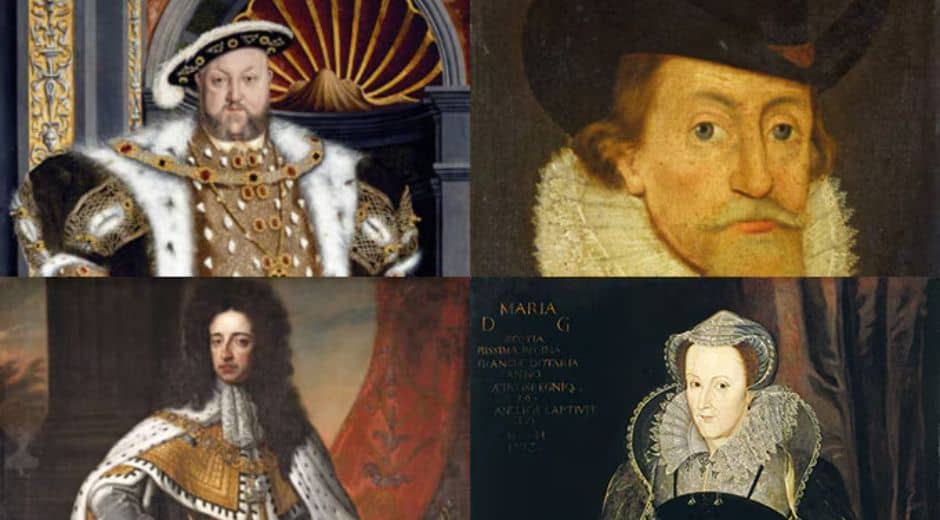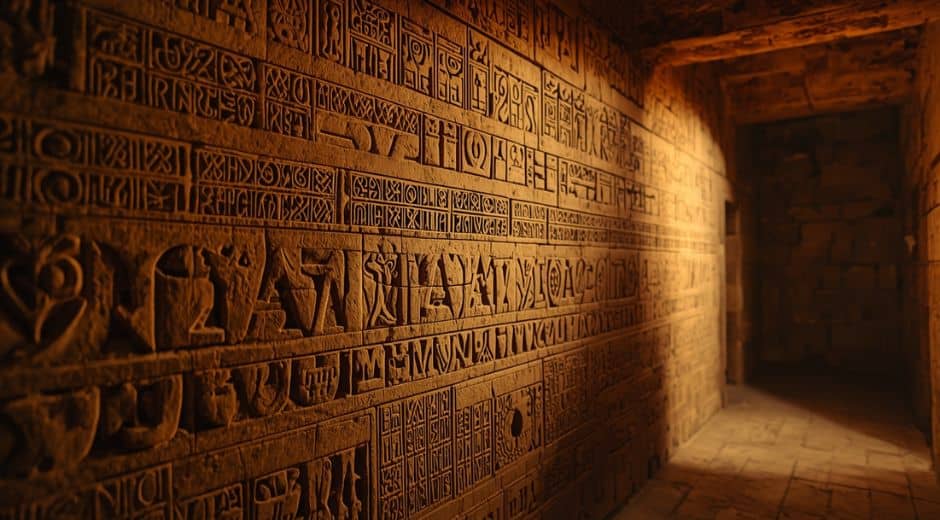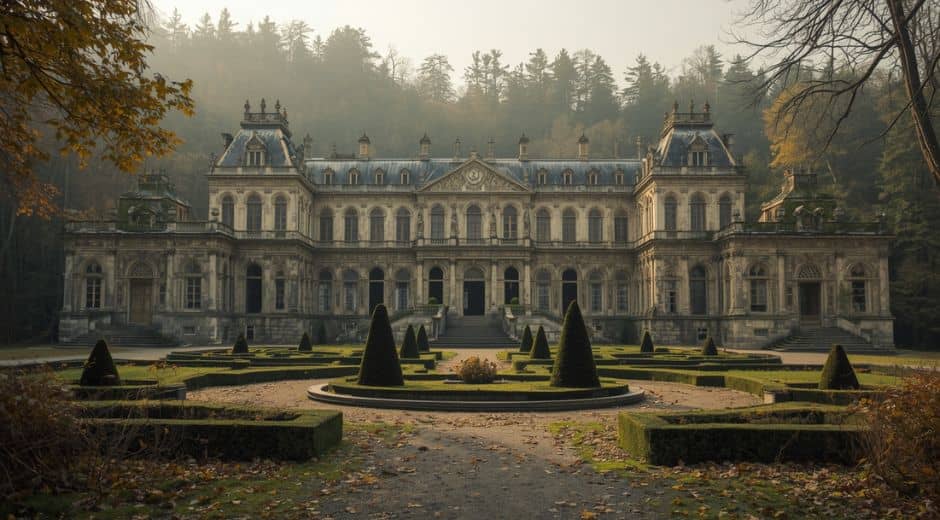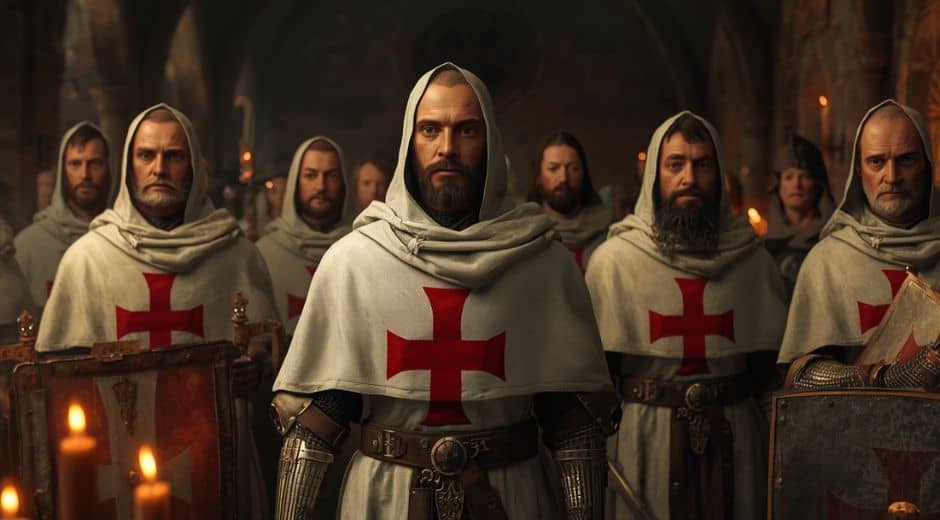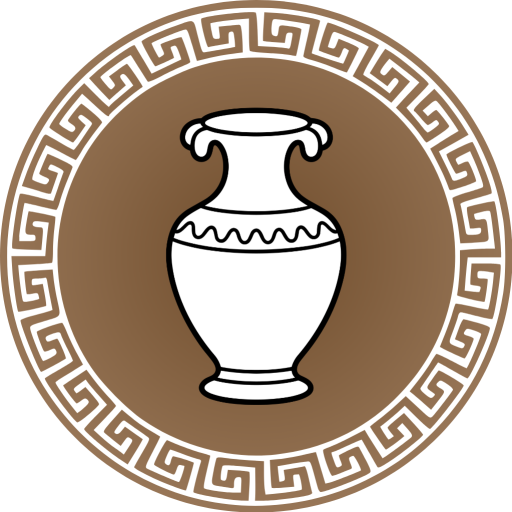Veiled Monarchs: The Secret Lives of History’s Hidden Rulers
Veiled Monarchs: The Secret Lives of History’s Hidden Rulers
Throughout history, the world has been ruled not only by kings and queens adorned with crowns and jewels but also by unseen powers that operated in the shadows. The lives of Monarchs were rarely as simple as the history books suggest. Behind the gilded facades of palaces and the splendor of coronations lay secrets — alliances whispered in candlelit chambers, betrayals concealed behind loyalty, and desires hidden beneath layers of protocol.
The allure of the veiled Monarchs rests not merely in their authority, but in the mystery surrounding their private worlds. Many shaped empires not with armies, but with words, marriages, and intrigue. Their reigns were theaters where appearance was everything, and truth remained safely veiled behind the throne.
The Masks of Power
In every age, Monarchs have worn masks — not of porcelain or silk, but of expectation. They were forced to embody both human and divine, torn between public duty and private longing. Catherine de’ Medici, for instance, maneuvered through the treacherous politics of 16th-century France, her influence cloaked in subtlety and fear. Similarly, Emperor Akbar of Mughal India balanced military dominance with a deep curiosity for philosophy and spirituality, ruling not just as a conqueror, but as a seeker.
Even today, historians continue to uncover how emotional intelligence, strategy, and hidden vulnerability shaped these rulers. As explored in FocusMindFlow, the connection between mindfulness and leadership reveals that power often depends on inner balance — a truth the great Monarchs intuitively understood centuries ago.
Whispers Behind the Throne
Every crown carried secrets. The Monarchs of Europe were bound by more than politics; they were bound by bloodlines and the need to preserve power at all costs. Illegitimate heirs, coded letters, and secret alliances filled their days. Some hid forbidden loves; others hid fears that their thrones rested on fragile foundations.
The most fascinating are those whose stories never fully reached the light. Take Queen Christina of Sweden — a ruler who renounced her throne, disguised her identity, and lived as an independent thinker in an era when conformity ruled. Or Emperor Nero, whose madness masked a deeper torment: the pressure of a legacy he could never truly fulfill.
History’s pages are full of such veiled Monarchs, individuals whose complexity transcended their titles. They remind us that power, at its core, is both a performance and a burden.
Secrets Buried in Palaces
Behind every great palace wall, history left traces — symbols carved into stone, hidden passages, and letters burned before dawn. The royal archives of Europe still conceal correspondences that could rewrite dynastic histories. The Monarchs of old often used coded communication, secret orders, and disguised agents to maintain their rule.
Modern historians, as highlighted on HistoryTV.fi, are now using technology to uncover the forgotten details: encrypted manuscripts, artifacts of forbidden rituals, and even evidence of women who ruled through influence rather than title. Each revelation brings the world closer to understanding how deeply the unseen hand of royal power shaped human destiny.
The Human Heart of Royalty
Beneath the armor of authority, the Monarchs were achingly human. They laughed, they grieved, and they loved — often at great cost. Letters exchanged between rulers and their confidants show vulnerability that history rarely preserves. Some longed for peace while commanding armies; others sought simplicity while draped in silk.
The paradox of these veiled Monarchs is that their humanity often strengthened their leadership. In their solitude, they reflected, planned, and sometimes regretted. That quiet introspection — the same stillness explored on Chronostual — reveals how time and emotion intertwine to shape legacy.
Women of the Hidden Crown
While men’s names often dominate chronicles, many women ruled from behind the curtain. Queens, mistresses, and advisors wielded quiet power. Eleanor of Aquitaine, for instance, maneuvered through political storms with unmatched brilliance. Empress Wu Zetian of China rewrote dynastic law and reshaped imperial culture, her reign shrouded in myth and fear.
These women were not only companions to Monarchs; they were Monarchs in their own right — visionaries whose wisdom transformed nations. Their stories whisper through time, reminding us that the crown has always rested on both seen and unseen heads.
The Veil of Legacy
As centuries pass, we continue to peel back layers of royal mystique. What remains most captivating about Monarchs is not their power, but their contradictions. They were divine and flawed, revered and feared, remembered and misunderstood.
In their hidden correspondence, lost portraits, and secret diaries, humanity shines through — fragile, imperfect, and profoundly real. Their lives remind us that history is not a simple timeline of events but a web of emotions, decisions, and silences.
The Monarchs who lived in shadows left behind more than kingdoms; they left riddles. Each discovery — each unveiled truth — brings us closer to understanding the delicate dance between image and identity. The throne may have defined them, but the unseen moments behind it reveal who they truly were.
Conclusion: The Crown’s Silent Echo
The hidden histories of Monarchs are more than tales of power — they are meditations on time, secrecy, and the human spirit. They teach us that influence does not always roar; sometimes, it whispers.
From Catherine de’ Medici’s political genius to Christina of Sweden’s defiance, from Wu Zetian’s intelligence to the countless unnamed figures who shaped the course of empires — their stories form the quiet heartbeat of history.
Through the corridors of time, their veiled voices still echo. To listen is to remember — and to remember is to honor the truth behind the crown.
History Insight Legacy
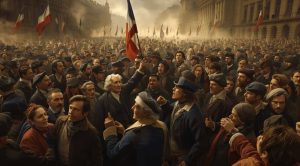
The French Revolution: When the People Rose
The French Revolution ignited a new era of freedom, equality, and human rights, transforming society and inspiring movements that shaped the modern world.

Leonardo da Vinci: Genius Beyond Time
Leonardo da Vinci, the ultimate Renaissance mind, merged art, science, and imagination to redefine creativity and human potential across centuries.
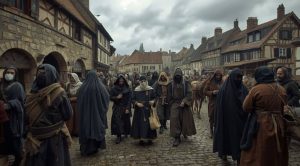
The Black Death: Hidden Impact Behind the Plague
The Black Death reshaped medieval Europe in ways beyond devastation, triggering hidden social, cultural, and economic transformations that redefined civilization.
